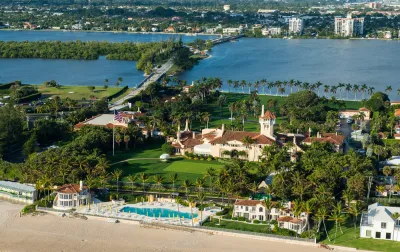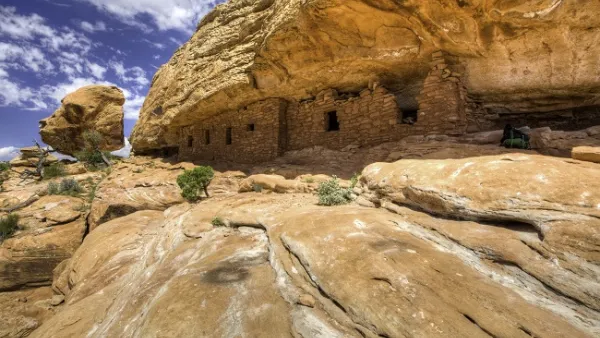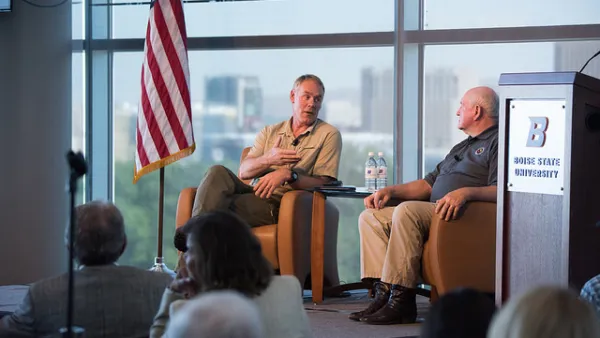After announcing the coast of almost all states would be open for oil and gas production, the Secretary of the Interior changed his mind on one after meeting with Trump’s favored candidate for Senate.

Reviewing a year of the Department of the Interior under Ryan Zinke, Elizabeth Kolbert notes that he is, "in many ways, a typical Trump appointee" in that "[n]early all Trump’s Cabinet members have shown disdain for the regulatory processes they’re charged with supervising."
Since he first rode into town and raised his flag over the agency, Zinke has reopened federal land for coal leases, recommended shrinking Bears Ears National Monument, expressed interest in making it easier to drill for oil and gas on public land, and rolled back regulation on methane.
Earlier this month, despite bipartisan opposition from both politicians and voters, Zinke announced he would open almost all of the coastal areas in the United States to offshore drilling.
Several days later, he took part of it back. After a brief meeting with Florida Governor Rick Scott, Zinke removed the state’s coast from consideration.
“The move was manifestly political. In the past, Scott has supported drilling for oil just about everywhere, including in the Everglades, but, with Trump’s encouragement, he is now expected to challenge Florida’s senior senator, Bill Nelson, a Democrat, in November.”
Even more recently, Zinke’s refusal to meet with the National Park Service Advisory Board prompted the resignation of nine of its 12 members.
"In the decades to come," Kolbert writes, "one can hope that many of the Trump Administration’s mistakes—on tax policy, say, or trade—will be rectified. But the destruction of the country’s last unspoiled places is a loss that can never be reversed."
FULL STORY: The Damage Done by Trump’s Department of the Interior

National Parks Layoffs Will Cause Communities to Lose Billions
Thousands of essential park workers were laid off this week, just before the busy spring break season.

Retro-silient?: America’s First “Eco-burb,” The Woodlands Turns 50
A master-planned community north of Houston offers lessons on green infrastructure and resilient design, but falls short of its founder’s lofty affordability and walkability goals.

Delivering for America Plan Will Downgrade Mail Service in at Least 49.5 Percent of Zip Codes
Republican and Democrat lawmakers criticize the plan for its disproportionate negative impact on rural communities.

Test News Post 1
This is a summary

Test News Headline 46
Test for the image on the front page.

Balancing Bombs and Butterflies: How the National Guard Protects a Rare Species
The National Guard at Fort Indiantown Gap uses GIS technology and land management strategies to balance military training with conservation efforts, ensuring the survival of the rare eastern regal fritillary butterfly.
Urban Design for Planners 1: Software Tools
This six-course series explores essential urban design concepts using open source software and equips planners with the tools they need to participate fully in the urban design process.
Planning for Universal Design
Learn the tools for implementing Universal Design in planning regulations.
EMC Planning Group, Inc.
Planetizen
Planetizen
Mpact (formerly Rail~Volution)
Great Falls Development Authority, Inc.
HUDs Office of Policy Development and Research
NYU Wagner Graduate School of Public Service




























